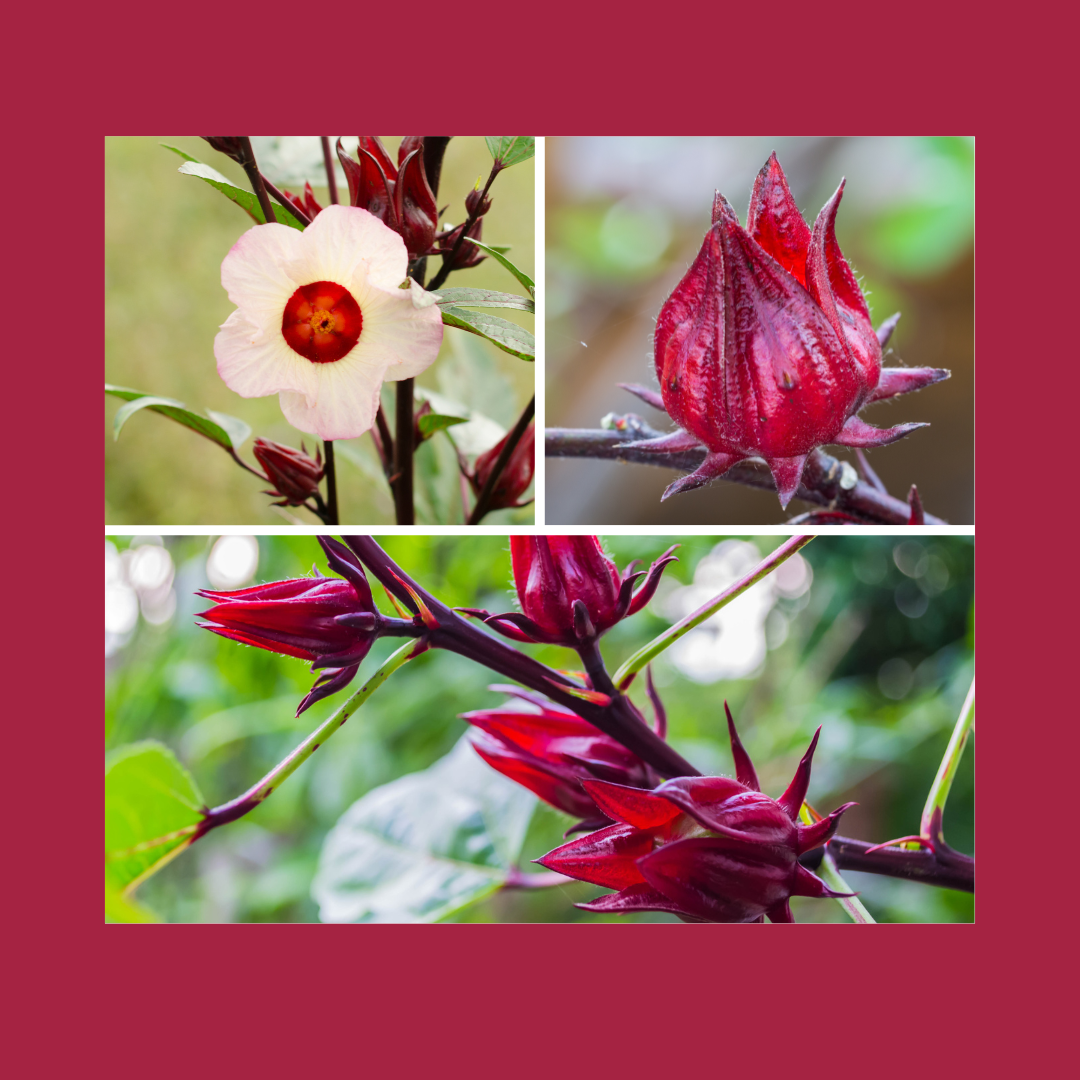
Health Benefits of Red Zinger Hibiscus or Roselle
The little-known roselle belongs in MS gardens
“One of my favorite flowering landscape and garden plants has to be hibiscus, but hibiscus doesn’t refer to only one plant.
“We are lucky in Mississippi to be able to enjoy flowering hibiscuses from late spring to the fall. These range from hardy to tropical and even two that are called roses — rose of Sharon and confederate rose.
“Hibiscuses are members of the mallow family, which includes our Southern vegetable favorite, okra. It is easy to see the family resemblance when comparing flowers.
“Today, I want to discuss another member of the mallow family, one that many gardeners aren’t aware of but really should be. I’m talking about Roselle.
“Last week at the Ornamental Field Day at Mississippi State University’s South Mississippi Branch Experiment Station in Poplarville, most of the attendees were loving and asking about this unfamiliar plant. Red roselle or Jamaican roselle is one of the stars of the fall landscape.
“The ideal planting time is in the spring when you’re planting tomato transplants. You could start seeds indoors, like you should do with tomatoes, or direct sow outdoors when the temperature are consistently 75 to 85 degrees.
“Roselle is a “pass-along” or heirloom type plant, so if you save seeds, be sure to plant more than you think you’ll need, as the extras can be thinned and passed along to your friends and neighbors.
“Roselles perform best when planted in full sun. Use either big containers or raised landscape beds to optimize drainage. And while roselles like our hot and steamy summer and fall seasons, be sure to keep the root zone consistently moist. Use fertilizer sparingly; I like using just a slow-release fertilizer at planting.
“Red roselle has attractive flowers that closely resemble okra flowers. The first time I grew roselle, I impatiently waited for the plants to produce flowers. But I found out that to get roselle plants to bloom, I needed to wait until later in the summer, as the days get shorter after summer equinox.
“Roselle is actually grown not for its flower but for its flavorful calyx tissue. Always harvest when the calyx is plump and tender, which is after the petals have fallen off. The calyx has a citrus flavor that reminds some of cranberry, which is why roselle is sometimes called the Florida cranberry.
“It you’re a fan of an herbal tea called red zinger, the dried calyx gives this drink its zinger and bright-red color. It is also full of vitamin C.
“The flavor lends itself to candies and syrups. In fact, I remember once having a delicious hibiscus cocktail that featured a candied roselle calyx as the garnish.
Growing roselle in Mississippi means enjoying it as a fantastic garden annual, as it’s hardy only in Zones 10 and 11. But that’s OK. This special plant is easy to grow and should be in every Mississippi garden.” MSU Extension: Released: October 7, 2019
Discover more from Jacki Kellum
Subscribe to get the latest posts sent to your email.
